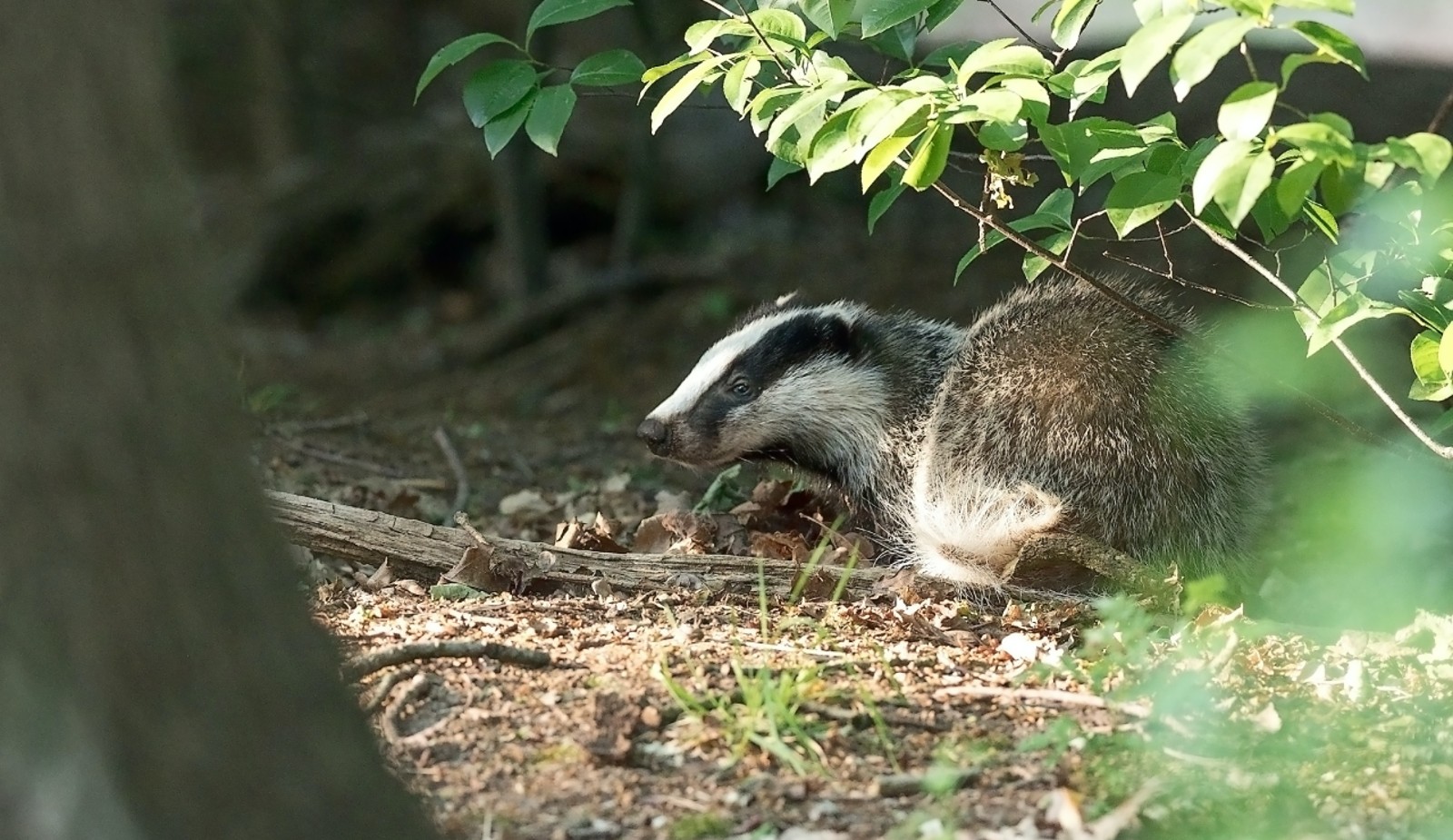Defra release new details of badger culling in 2023
7 September 2023
DEFRA RELEASE NEW DETAILS OF BADGER CULLING IN 2023
Figures reveal a further 24,000 badgers could be killed under licence in the remainder of this year.

The Department of Environment, Food and Rural Affairs (DEFRA) has today released details of badger culling licences for the remainder of 2023, which could lead to a further 24,000 badgers being brutally shot in England, adding to the 210,000 already slaughtered in flawed efforts to reduce the spread of bovine TB in cattle.
Responding to the news, Born Free’s Head of Policy, veterinarian Dr Mark Jones, said: “While it’s a relief that no new cull areas have been licences this year, nevertheless it’s devastating to learn that tens of thousands more badgers are to lose their lives in 29 existing cull zones that stretch from the South West to the East Midlands, for the sake of this futile policy. The Government has ignored independent science that clearly demonstrates culling isn’t working, while providing no credible evidence of its own to justify its claim that it is. At a time of crisis for wildlife and biodiversity, we cannot afford to play politics with animals’ lives.”
The culling of badgers under licence in England, now believed to be the largest destruction of a protected species on record, is estimated to have cost taxpayers millions of pounds each year since it began in 2013.
Dr Jones continued: “Britain is one of the most nature depleted countries in the world and if the mass slaughter of badgers continues, we could see this protected species disappear from areas of England which it has inhabited since the Ice Age.”
A peer reviewed study co-authored by Dr Jones and published in the Veterinary Record in 2022, concluded that there was no detectable link between the culling of badgers and any decline in the level of bovine TB in cattle herds.
Born Free continues to urge the Government to bring an immediate end to the cruel, costly and ineffective badger cull policy and move the focus to reducing the spread of bovine TB in cattle, through a combination of tighter bio security and cattle movement controls, risk-based cattle trading, use of more accurate TB cattle tests and the urgent introduction of cattle TB vaccination.
BADGER CULLING: FIND OUT MORE SIGN OUR PETITION TO END BADGER CULLING
Image (c) Hans Veth
